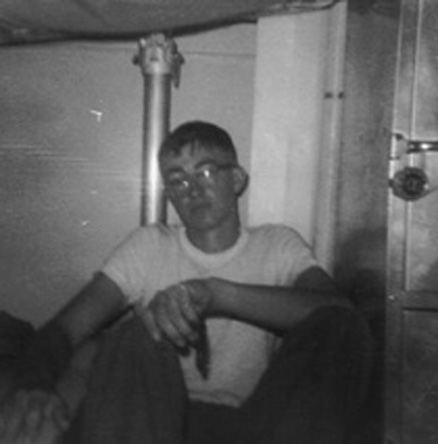Summer of Love 1967


Summer of Love
From Wikipedia, the free encyclopedia
The Summer of Love is a phrase given to the summer of 1967 to try to describe the feeling of being in San Francisco that summer, when the so-called "hippie movement" came to full fruition. (It is taken as an article of faith by some hippies that the word 'hippie' itself was invented to "cash in" on the movement.) (Some people mistakenly believe the Summer of Love was in 1969, perhaps because that was the year of Woodstock.)
The actual beginning of this "Summer" can be attributed to the Human Be-In that took place in Golden Gate Park on January 14 of that year. Jerry Rubin, Timothy Leary, Allen Ginsberg, and Jefferson Airplane all participated in the event, a celebration of hippie culture and values.
John Phillips of The Mamas and the Papas took twenty minutes to write the following lyrics for the song San Francisco:
If you're going to San Francisco,
be sure to wear some flowers in your hair.
If you come to San Francisco,
Summertime will be a love-in there.
The song was designed originally to promote the upcoming Monterey Pop Festival, in June. Scott McKenzie's cover of the song was released in May 1967 .
Later that summer, thousands of young people from around the nation flocked to the Haight-Ashbury district of the city to join in a popularized version of the hippie experience.

Pictured above is Philadelphia Naval Hospital.
My residual limb, or stump, of my right leg is 5" from the perinium to the tip of the femur. After my stump healed I was fitted with a rough leg at Philadelphia Naval Hospital. I received the leg at the prosthetic shop, at that time the Navy made our prosthetics, and walked back to Ward K where I bunked. It was about 200 yards. When I took the leg off, the bottom of my stump sock was drenched with blood. The bone, my right femur, had pierced right through the flap covering it. It was May 5, 1967.
To compensate for the lack of tissue to cover the femur, a plan was devised to fashion a pedicle skin flap from tissue on my left thigh and attach it to the right thigh of my residual limb. This would entail cutting the flap on my left thigh and attaching it, like bridge to the tip of my stump. My legs would be attached while the tissue adhered. This would necessitate a full body cast to insure I would not rip any surgeons handiwork asunder.
I would be in that body cast from July through September of that year. I had been about a month from going home. I would not leave Philly until January of 1968 though discharged on December 17, 1967. The Marine Corps could not find me, to discharge me, in December.
I went nuts in that body cast. I wouldn't eat after having to defecate in a bedpan, a process that involved 4 other people. I drank the rest of the time. I had people bring me in pints of liquor. I bought pain drugs from the Corpsman.
I saw a Navy head shrinker, actually he saw me, as I wasn't going anywhere. Ever have a Lieutenant Commander do a pyschiatric evaluation at bedside with 40 people listening? It is less than fruitful.
My friends were discharged. It was summer in Philadelphia. I was placed across from the Nurses station so they could keep an eye on me. Lights on 0600, lights out at 2200.
How I spent the Summer of Love, 1967.
What do I do when my love is away.
Does it worry you to be alone
How do I feel by the end of the day
Are you sad because you're on your own
A Little Help from My Friends Lennon/MacCartney Sgt Pepper released June 2, 1967





